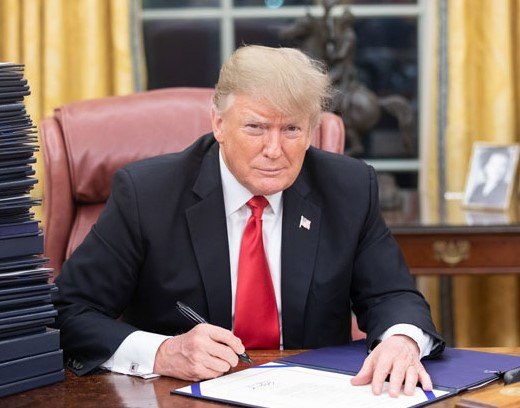Donald Trump has set the stage for a seismic shift in trade policy. On Wednesday, during his ‘Make America Wealthy Again’ press conference at the White House Rose Garden, he will unveil new tariffs that he says will take effect “immediately.” While the anticipation builds, there are still more questions than answers.
What Will the Tariff Package Actually Include?
Trump’s approach to trade has always been aggressive, but the specifics of this latest round of tariffs remain murky. While he has already slapped heavy duties on steel, aluminum, and imports from Canada, Mexico, and China, the full scope of what’s coming next is unclear.
- The auto industry is bracing for impact as a 25% tariff on imported finished vehicles is set to take effect on April 3.
- Some experts speculate that this round may also include additional tariffs on electronics, pharmaceuticals, and even consumer goods.
- The administration has hinted at new trade restrictions on European imports, but nothing has been confirmed.
The details could send shockwaves through markets, and companies are scrambling to prepare for potential disruptions.

How Will Trading Partners React?
When the Trump administration previously imposed tariffs, retaliation followed swiftly. China responded with tariffs on U.S. agricultural products, while the European Union imposed duties on American whiskey, motorcycles, and other goods. This time, the stakes are even higher.
The response from major trading partners will depend on the exact structure of the tariffs. While Trump insists that the U.S. is being “very kind” in its approach, global markets are already showing signs of unease.
One sentence stands out from Trump’s recent remarks: “America is taking control.” That kind of rhetoric doesn’t exactly signal a soft approach, and trading partners are unlikely to sit back quietly.
What Will This Mean for the Economy?
The White House is framing these tariffs as a tool to protect American jobs, but the broader economic implications are harder to predict.
Some potential effects include:
- Higher prices for consumers, as tariffs on foreign goods get passed down the supply chain.
- Increased costs for U.S. manufacturers who rely on imported parts and materials.
- Possible short-term job gains in certain industries, but potential layoffs in others that depend on exports.
A new wave of tariffs could also further complicate the Federal Reserve’s strategy. Inflation has been a key concern for policymakers, and trade restrictions could add new pressures just as officials try to stabilize the economy.
For now, all eyes are on Trump’s announcement. Until the full details emerge, businesses, investors, and global leaders are left guessing.
